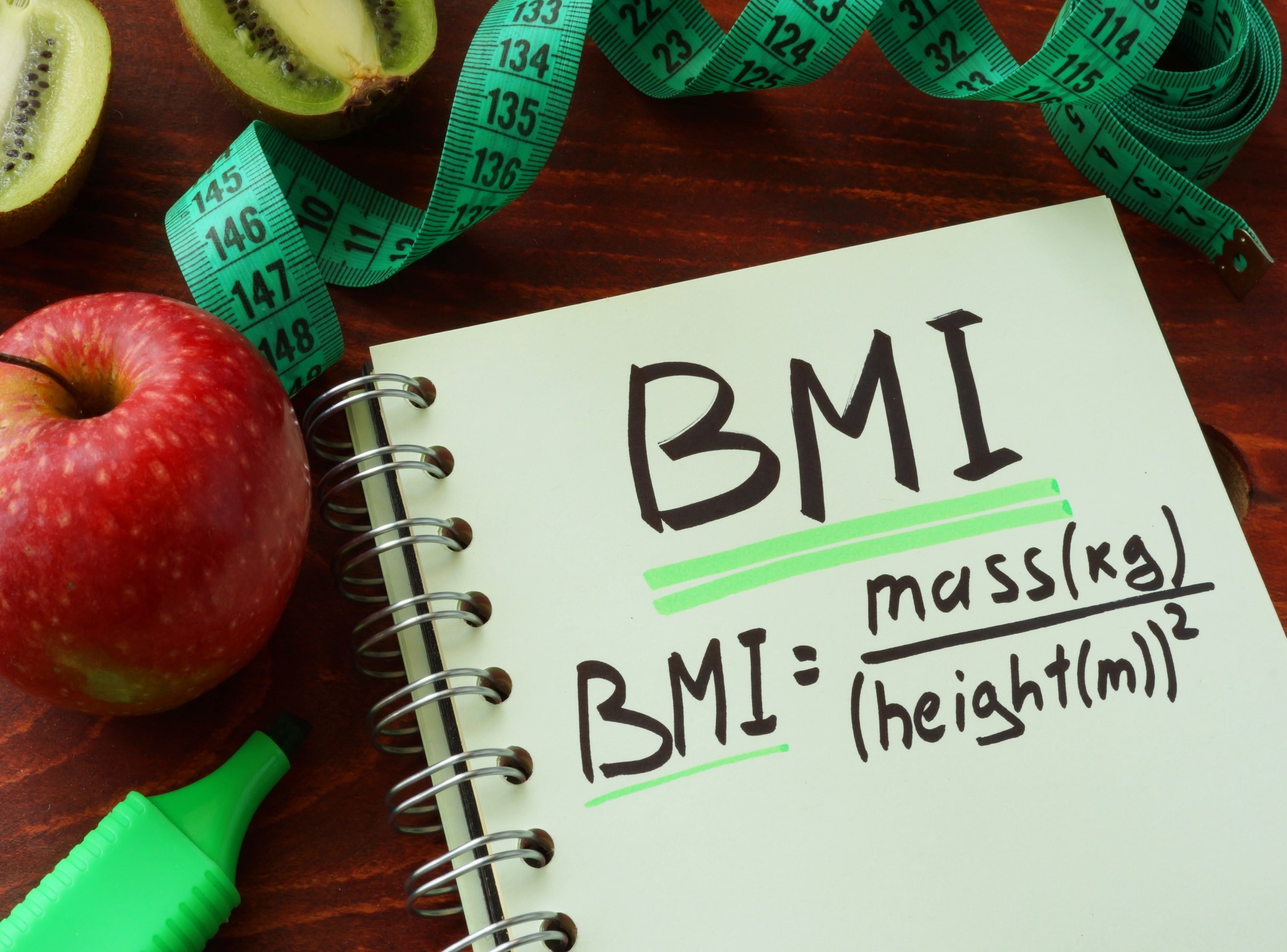
The body mass index cut-off point for obesity may not be appropriate for middle-aged and older men and women, according to new research presented this week.
This year’s European Congress on Obesity was told that BMI identified half as many over 40s with obesity as predicted by body fat percentage.
But a new lower BMI cut-off for obesity based on body fat percentage in the over 40s – 27kg/m² – may be more appropriate than the existing WHO BMI threshold.
“Our real-world study in a clinical setting in Italy shows that the optimal BMI cut-off point for adults aged over 40 is significantly lower than the widely used one-size-fits-all threshold,” lead author, Professor Marwan El Ghoch, from the University of Modena said.
The WHO currently relies on a BMI of 30 kg/m² as a universal indicator of obesity in white men and women of all ages, which is calculated by dividing an individual’s weight in kilograms by the square of their height in metres.
However, given the changes that occur to body composition with ageing – such as an increase in body fat (with the maximum amount seen between age 50 and 60 years) and a decrease in lean mass (muscle, which declines by almost 5% each decade after the age of 30) – the use of the current BMI cut-off point as an indicator of obesity for all age groups may not be appropriate.
To test the validity of the traditional cut-off of 30 in middle-aged and older Italians, researchers from the University of Rome, University of Modena and the Beirut Arab University in Lebanon, conducted a cross-sectional study involving 4,800 adults aged 40-80 years.
People were excluded if they were pregnant, taking medication that affected body weight and composition, had underlying medical conditions associated with weight loss (i.e., cancers) or severe psychiatric disorders.
Participants were classified according to current BMI cut-offs:
- 1,087 normal-weight – BMI 18.5-24.99 kg/m²
- 1,826 overweight (25 kg/m²-29.9 kg/m²)
- 1,887 individuals with obesity (30 kg/m² and above)
They were then recategorized by adiposity status based on the total body fat percentage (BF%) measured using dual x-ray absorptiometry (DXA) scans, according to age- and gender-specific obesity cut-off points:
- 40–59 years: BF% 40% or higher for females and BF% 28% or higher for males; and
- 60–79 years: BF% 42% or higher for females and BF% 30% or higher for males).
These BF% cut-offs were based on a widely used reference for defining obesity.
Researchers then assessed the diagnostic performance of BMI in detecting obesity defined by body fat percentage for all participants by age and gender to find the best sensitivity and specificity for predicting obesity in middle-aged and older adults.
Many participants with a BMI indicative of healthy weight were classified as having obesity when accounting for body fat percentage.
Ultimately, around 38% of men and 41% of women had a BMI of 30 kg/m² or above based on WHO criteria, indicating obesity. However, when assessed according to body fat percentage, around two-thirds of the men (71%) and women (64%) were considered as having obesity.
The researchers found that the most appropriate BMI cut-off point for identifying obesity in middle-aged and older adults based on body fat percentage was 27.08 kg/m² in females and 27.36 kg/m² in males, with a high degree of accuracy – a cut off of 27 kg/m²had a nearly 90% chance of detecting obesity across genders.
Strikingly, only 57% of women considered to have obesity according to the new BMI cut-off were correctly classified according to the WHO standard resulting in around 40% of women with obesity were missed. Similarly, around half of men with obesity were missed based on the current WHO threshold.
“This new BMI cut off recognises the physiological differences between middle-aged and older adults and younger populations. It’s likely that the changes in body composition across the lifespan, which seem to occur without a meaningful change in body weight, lead to higher adiposity at a lower BMI,” Professor El Ghoch said.

